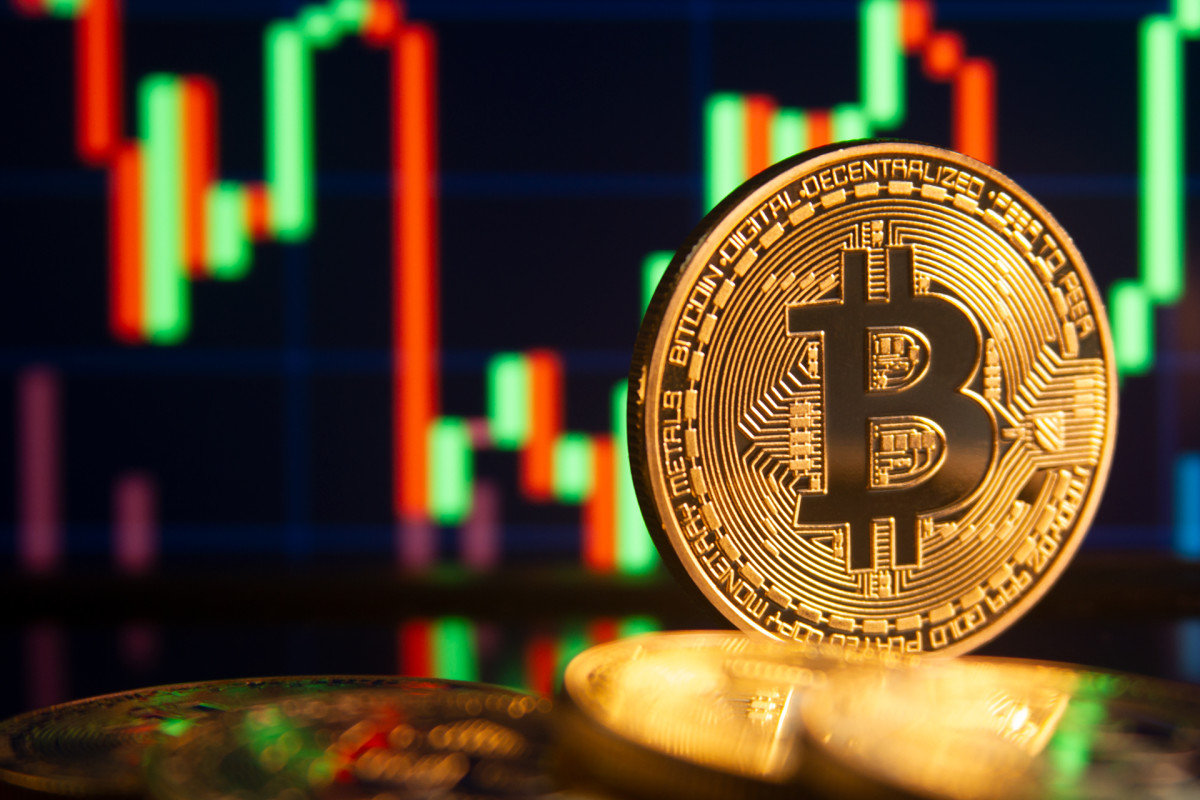h/t Felix
By John Detrixhe
Nov. 25 (Bloomberg) -- Goldman Sachs Group Inc., Citigroup Inc. and JPMorgan Chase & Co., which helped turn bets on company defaults into a $47 trillion market, are among banks offering wagers on the amount investors may recover from bonds after borrowers go bankrupt.
Credit-recovery swaps are trading on the debt of about 70 companies, including automaker General Motors Corp. and bond- insurer MBIA Inc. That’s up from 40 during the summer, according to Mikhail Foux, a strategist at Citigroup in New York.
The contracts, barely traded in 2006, are now worth about $10 billion as more companies fail to repay debts, Foux said. Also known as recovery locks, the agreements are bought as insurance by sellers of credit-default swaps, such as banks, hedge funds and insurers.
“The market definitely has potential to grow,” Foux said. “As we see more defaults -- and there’s no doubt we’re going to see more defaults -- you’re going to see more recovery swaps trading.”
Goldman Sachs and JPMorgan officials declined to discuss their role in the market.
Securities and Exchange Commission Chairman Christopher Cox blames speculation in credit-default swaps for contributing to almost $1 trillion in global financial losses. Some sellers of the contracts buy recovery locks to protect what they may get back on bonds when companies default.
Holders of recovery swaps agree to exchange a preset fixed rate for the actual amount received by bondholders after a default. The investor getting the fixed amount will benefit if the payment they get is lower than the rate agreed.
Lehman Payout
The Oct. 10 derivative industry auction on bankrupt Lehman Brothers Holdings Inc.’s credit-default swaps set a value of 8.625 cents on the dollar for the New York investment bank’s debt, according to Creditfixings.com.
A credit-default derivative seller could have bought a recovery lock to ensure a 20 percent recovery rate on Lehman debt three days before the firm’s Sept. 15 bankruptcy, Foux said. The seller would thus have received 11.375 cents on the dollar from the recovery contract.
MBIA, of Armonk, New York, trades at a recovery value of about 26.5 cents on the dollar, down from 40 cents at the beginning of the year, Foux said. Detroit-based GM, the largest U.S. automaker, is valued for a recovery of about 15 cents, about half what it was on Jan. 1.
Many credit-default contracts written early this year assumed a 40 percent recovery rate in pricing deals, Foux said.
Out of Cash
GM, Tribune Co. and MGM Mirage were among 72 companies at risk of running out of cash at the end of October, the most since 2002, as job losses and tightening credit weakened consumer spending, Moody’s Investors Service said in a Nov. 17 report.
Recovery locks for Tribune, the newspaper publisher and broadcaster taken private by billionaire Sam Zell, are trading at about 7 cents on the dollar, down from about 14 cents in September, Foux said. Contracts for MGM Mirage, the biggest casino operator in Las Vegas, are trading at about 27 cents, compared with about 37 cents in September.
Tribune spokesman Gary Weitman declined to comment. MGM Mirage spokesman Alan Feldman didn’t immediately return a call seeking comment.
Seventy U.S. companies have defaulted through Nov. 11, more than four times as many as in all of last year, according to a Nov. 17 Standard & Poor’s report.
Default Rates ‘Soar’
“One would expect much lower recovery rates as default rates soar,” Diane Vazza, head of S&P’s global fixed income research group, said in an e-mail.
Moody’s on Nov. 12 increased the forecast for global corporate defaults to more than 10 percent within the next 12 months.
“Corporate default rates in this cycle will likely match or exceed the peak levels reached in the previous two U.S. recessions,” Kenneth Emery, Moody’s director of corporate- default research, said in a statement.
S&P cited an “inverse correlation” between defaults and investor recoveries in a February 2007 report.
When default rates are less than 2 percent, more than half of defaulted debt recovers more than 70 percent of face value, according to the rating company.
When defaults are greater than 8 percent, more than half such debt recovers less than 40 percent, S&P estimated.
Investors use credit-default swaps to protect themselves or speculate on the value of company debt. The market grew 100-fold to more than $62 trillion between 2001 and the end of 2007.
In case of a default, swap sellers must pay buyers the difference between the amount being protected and the value of the defaulted bond, as determined by an industry auction.
Privately Traded
Specifics about recovery-lock contracts aren’t generally available because they are made privately and don’t trade on an exchange. The contracts date back to 2005, when a Fitch Ratings report said investors were starting to use them to lock in returns after defaults.
The International Swaps and Derivatives Association established standard documents for deals in 2006. The New York- based trade group doesn’t keep records on the size of the market.
“There has not yet been member demand for us to track recovery swaps,” said spokeswoman Cesaltine Gregorio.
“Nobody thought about hedging the recovery rate” when default rates were low and recoveries stable, said Philip Gisdakis, a Munich-based credit strategist at UniCredit SpA.
‘Completely New’
“Typically, investors thought recovery rates for financial companies should be in the range of 80 to 85 percent,” Gisdakis said. “With Lehman below 10 percent and with other financials at very low recovery rates, that’s something that is completely new.”
Recovery swaps aren’t traded heavily because bid-offer spreads “remain wide,” Tim Backshall, chief strategist at Credit Derivatives Research LLC in Walnut Creek, California said in an e-mail. That means it’s hard to find a price that satisfies traders on both sides of a deal.
“It is definitely more of a buy-and-hold security than a traded security in this environment,” Backshall said.
The bid-ask spread for MBIA and GM debt is about 6 percentage points, according to Foux. By comparison, the companies’ credit-default swap bid-ask spreads are about 2 percentage points, according to CMA Datavision prices.
Thursday, December 11, 2008
Subscribe to:
Post Comments (Atom)




No comments:
Post a Comment